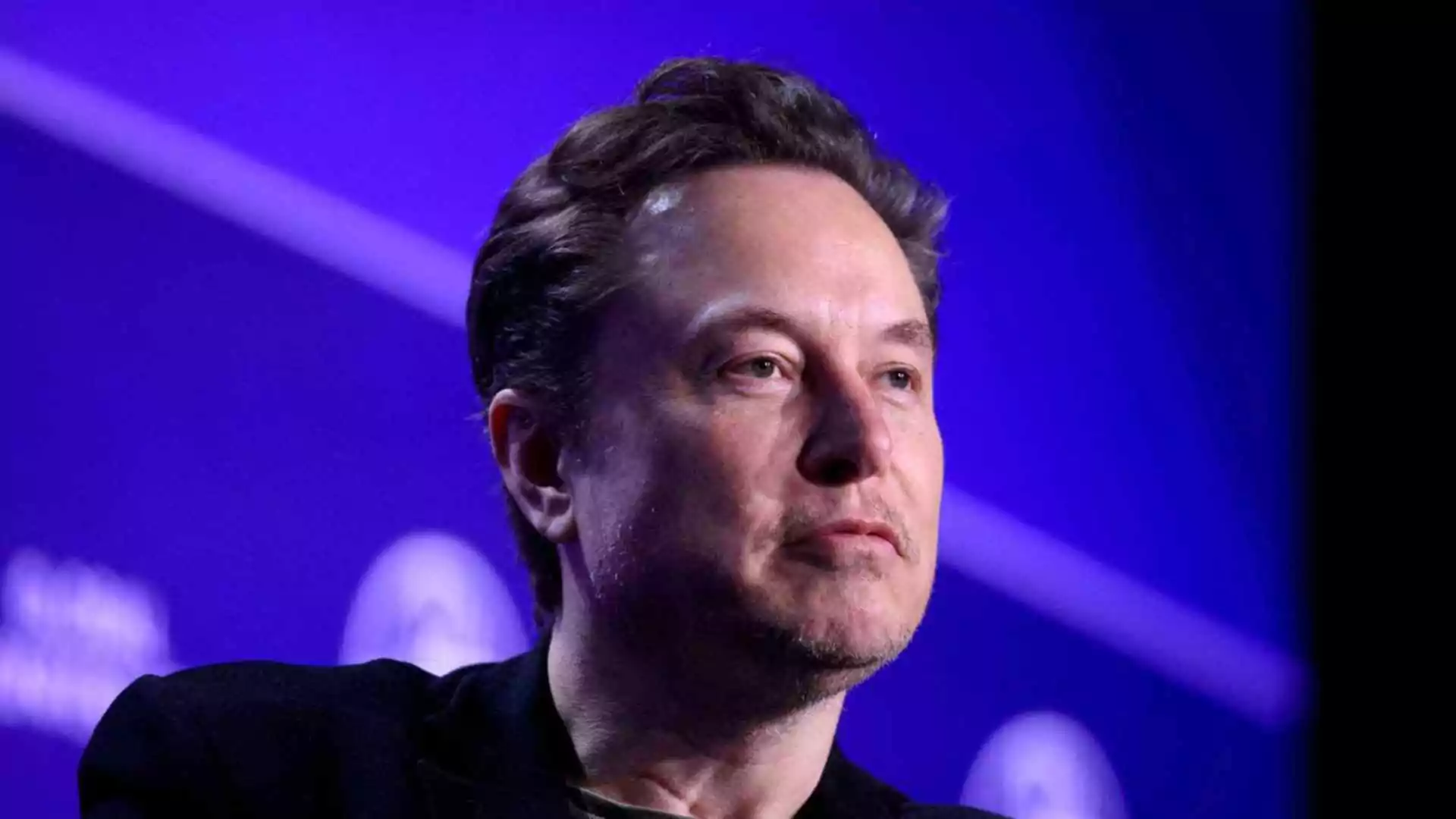In the heart of India, Jharkhand stands as a testament to the complexities of regional governance, having navigated through two decades of political evolution since its formation in 2000. With assembly elections approaching, the state finds itself at a crossroads, reflecting on a turbulent history marked by shifting alliances and frequent leadership changes. As voters prepare to make their voices heard on November 13 and 20, the upcoming elections serve not just as a test for political parties, but also as a crucial moment for the people of Jharkhand to shape their future amid a backdrop of 24 years and 13 different governments.
Since its formation in the year 2000, Jharkhand has witnessed a tumultuous political journey marked by frequent changes in leadership. In the past 24 years, the state has seen 13 different governments led by seven distinct leaders. This constant reshuffling raises questions about the stability and effectiveness of governance in Jharkhand.
The Birth Of Jharkhand And Its First Government
Jharkhand emerged as the 28th state of India on November 15, 2000, carved out from Bihar under the Bihar Reorganization Act during Prime Minister Atal Bihari Vajpayee’s tenure. The inaugural elections for the state assembly were based on the earlier elections held in Bihar. The Bharatiya Janata Party (BJP), in alliance with other parties, formed the first government, with Babulal Marandi being sworn in as Chief Minister.
Before taking on the role of Chief Minister, Marandi served as the Minister of State for Environment and Forests in Vajpayee’s cabinet. His tenure lasted for two and a half years, during which he was succeeded by Arjun Munda, also from the BJP, who then became the second Chief Minister of Jharkhand. Munda has the unique distinction of being the Chief Minister three times throughout the state’s history.
First Assembly Elections
The first assembly elections were held in 2005 for the 81-member Jharkhand Assembly. The results revealed that no single party had secured the requisite majority of 41 seats. The BJP emerged with the highest number of seats, securing 30 with 23.57% of the vote share. The Jharkhand Mukti Morcha (JMM) followed closely with 17 seats (14.29% of the votes), while the Congress claimed nine seats (12.05%). The fragmented mandate resulted in no party being able to form a government outright.
JMM leader Shibu Soren initially staked his claim to form the government but could not garner enough support and resigned within ten days of taking office. Subsequently, Arjun Munda led a BJP coalition government from March 2005.
The political instability in Jharkhand became evident with frequent changes in leadership. Munda’s government lasted only a year and a half before he resigned in September 2006 due to coalition breakdowns. An independent MLA, Madhu Koda, then took charge, becoming the first independent Chief Minister of the state at just 35 years old. However, his government also faced challenges and fell after two years when JMM withdrew support.
Soren then took over as Chief Minister for a second time in August 2008, only to resign following his defeat in a crucial by-election. President’s rule was imposed until elections were held again in December 2009.
Second Assembly Elections
The 2009 assembly elections again resulted in a fractured mandate. The BJP and JMM both secured 18 seats each, while the Congress garnered 14 seats. After a brief period of President’s rule, Shibu Soren formed a coalition government, which lasted only five months before the BJP withdrew its support.
Arjun Munda returned as Chief Minister for the third time in September 2010, but his government was short-lived, ending in January 2013. Following this, Hemant Soren, Shibu Soren’s son, became Chief Minister, marking a temporary stabilization in Jharkhand’s governance.
Turning Point: The 2014 Assembly Elections
The 2014 assembly elections represented a crucial turning point for Jharkhand, as the BJP won 37 seats with a vote share of 31.26%. This marked the first time a government was able to complete its full term, led by Chief Minister Raghubar Das, which helped to establish some level of political stability in the state.
Assembly Elections 2019
The last assembly elections took place in five phases from November 30 to December 20, 2019, witnessing a voter turnout of 65.18%. The results, declared on December 23, showed a significant setback for the ruling BJP, which fell short of the magic number of 41 seats. The JMM, under Hemant Soren, emerged victorious with 30 seats and 18.72% of the votes. The BJP managed to secure only 25 seats, while Congress, JVM, and AJSU also won a few seats.
Following this defeat, Raghubar Das resigned, and Hemant Soren was sworn in as Chief Minister, leading a coalition government with the support of Congress and other regional parties.
Ongoing Challenges And Recent Developments
Since assuming office, Hemant Soren has faced numerous challenges. In February 2022, the Election Commission reviewed a petition seeking to disqualify him for alleged electoral violations. Although no immediate action was taken, the political climate remained tense.
The situation escalated in January 2024 when the Enforcement Directorate arrested Hemant Soren amid allegations of land scams. Champai Soren, seen as a close ally of Shibu Soren, temporarily took over as Chief Minister before Hemant Soren was granted bail in June. Hemant returned to power on July 4, 2024, marking his third term in office.
However, the political landscape continues to evolve. In mid-August 2024, Champai Soren’s discontent with the JMM leadership became apparent as he met with BJP leaders. Following his departure from the party, he formally joined the BJP on August 30.
MUST READ | Delhi Blast: CRPF School Resumes Amid Tight Security















